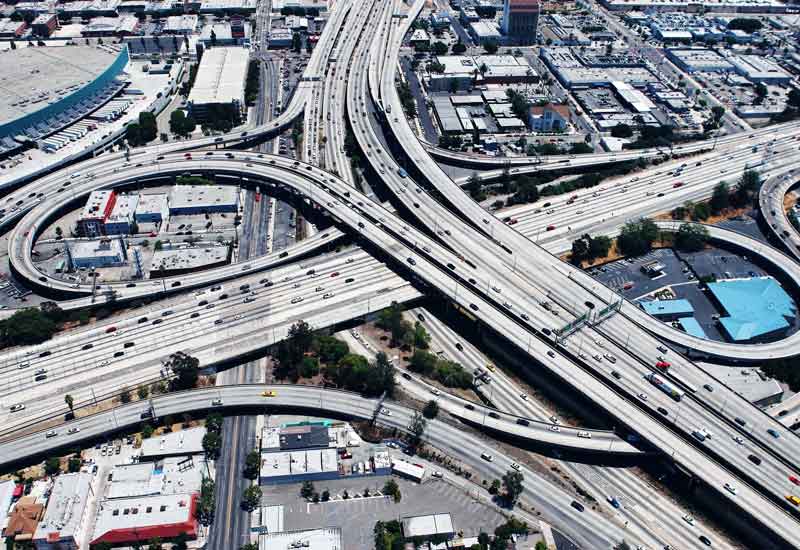Infrastructure Tripartite
Infrastructure systems include governing and educational institutions, in addition to the physical assets.

Physical Assets
The core technologies that make up the backbones of modern infrastructure have persisted for decades, in some cases a century. The rigid nature of these assets is at odds with accelerating and uncertain environments.

Governing Institutions
Infrastructure governance with its actors, rules, processes, and norms were designed for twentieth century services. The institutions that manage infrastructure must have the requisite complexity of the environment their systems are operating in.

Educational Systems
Educational systems including universities and training must adapt to the changing conditions, requirements, and nature of infrastructure.
